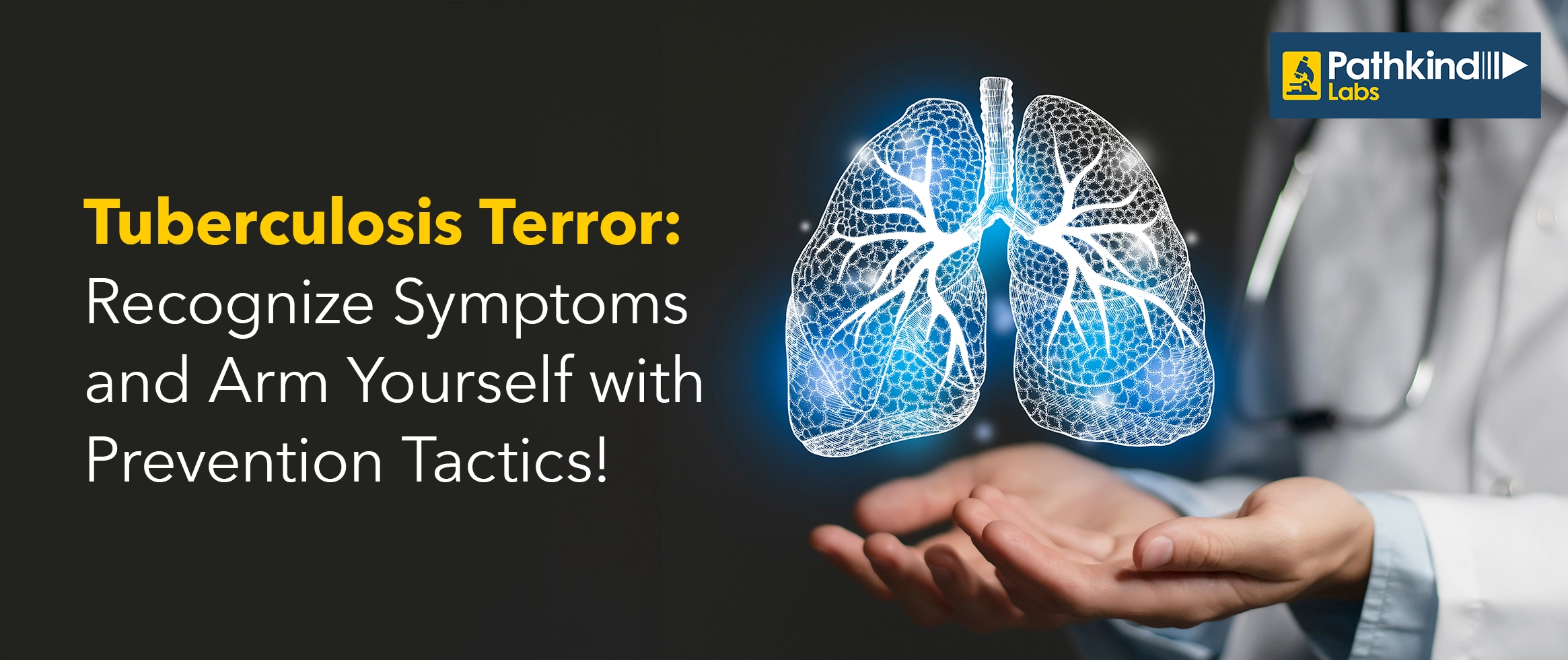
We’ll confirm your booking shortly!
Please provide your number to receive updates.
Enter the 6-digit verification code we just sent you to through SMS. Change Mobile

Mycobacterium tuberculosis causes tuberculosis, commonly known as TB. This highly contagious bacterial infection primarily affects the lungs but can also target other parts of the body, such as the kidneys, spine, and brain. The World Health Organization (WHO) ranks TB above HIV/AIDS among the top 10 causes of death worldwide. Experts estimate that TB affected over 10 million people in 2020, and the disease claimed around 1.5 million lives. These alarming statistics demand an immediate call for awareness and preventive measures against TB.
Latent tuberculosis infection (LTBI) and active tuberculosis disease (TB) are the two main types of tuberculosis.
Watch out for these symptoms of tuberculosis disease
Tuberculosis is primarily transmitted through the air when an infected individual coughs, sneezes or speaks—releasing infectious droplets containing the TB bacteria into the environment. Prolonged close contact with an infected person increases the risk of TB transmission. Factors such as crowded living conditions, poor ventilation, malnutrition, and compromised immune systems also contribute to the spread of TB.
TB infection and progression carry a higher risk due to various factors such as
HIV/AIDS, diabetes, tobacco use, and substance abuse are some other common reasons behind TB. Individuals who have weakened immune systems (such as infants, the elderly, and those receiving immunosuppressive therapy) are especially susceptible to TB and the complications associated with it.
Doctors treat TB at its roots by prescribing long-term medication and scheduling regular hospital visits. The course may take anywhere between 6-8 months to up to one year to complete. Here is a breakdown of some common tuberculosis treatments:
We need multiple strategies to prevent TB transmission. This approach includes vaccination, early detection, effective treatment, and infection prevention strategies. The BCG vaccine offers partial protection against tuberculosis, especially in children. The key focus when planning tuberculosis prevention should lie in increasing awareness, enhancing healthcare services, and tackling lifestyle factors that affect health.
Tuberculosis (TB) affects millions of people worldwide each year, making it a major global health challenge. By understanding the symptoms, causes, and prevention strategies associated with TB, we can fight this disease and reduce its impact on communities around the world.
Discover precision diagnostics with Pathkind Labs, a trusted name in diagnostic services in India. Our NABL accredited labs, equipped with advanced technology, are staffed by a certified team of over 200+ senior pathologists and 2000+ technicians. From tailored health check-ups to specialized tests in Oncology, Neurology, Gynaecology, Nephrology, and more, we've got your health covered. Skip the hassle with online booking for tests or check-ups, available for both lab visits and at-home blood collection. For a seamless experience and early detection, choose Pathkind Labs in Gurugram. Book your appointment today and experience diagnostics made easy.
© 2025 Pathkind Diagnostics Pvt. Ltd. All Rights Reserved | Unsubscribe
